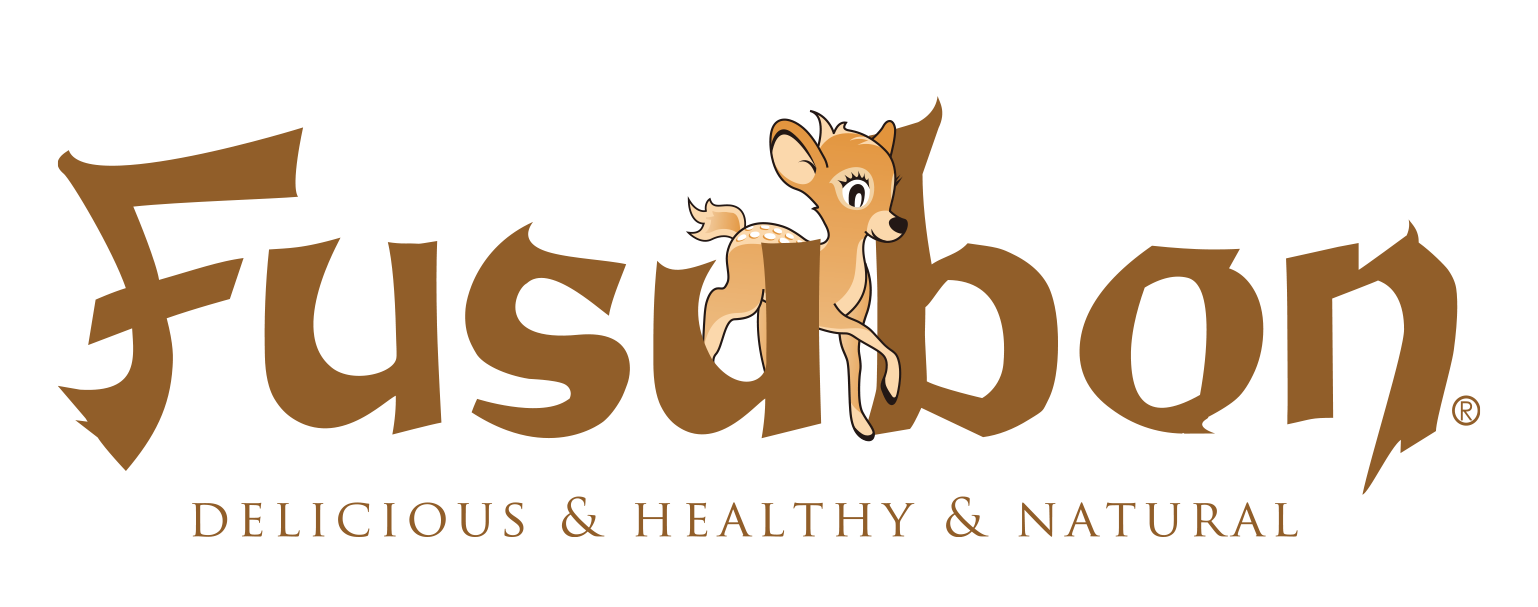 Hello! I'm Kawatani, the owner of Fusubon.
Hello! I'm Kawatani, the owner of Fusubon.
Today, we will explain the difference between butter and margarine. When you go to a supermarket, you will see them displayed in the same place, and they seem to have similar uses. However, the manufacturing process and ingredients of the two are completely different. Margarine is softer when spreading on bread, so many people may choose margarine simply because it is easier to spread and use, but in fact, butter is overwhelmingly recommended.
We will explain the reason for this by looking at the differences in the manufacturing processes and ingredients of butter and margarine.
The difference between butter and margarine: manufacturing process and ingredients
Ingredients and manufacturing process of butter
・Milk fat content is 80.0% or more ・The fat content is only that of milk ・The manufacturing process involves separating the cream from the milk, stirring it, and coagulating the milk fat
Margarine ingredients and manufacturing process
・Vegetable oil content is 80.0% or more ・Margarines are made from vegetable fats (but cannot be said to be 100% vegetable)
A manufacturing method in which hydrogen is added to vegetable fat, hardening it into a solid form, and then milk ingredients, vitamin A, emulsifiers, etc. are added and mixed.
Fatty acids with the same chemical formula have cis and trans forms
 Differences between cis and trans
Differences between cis and trans
Unlike butter, margarine contains trans fatty acids. Many of you may have heard of cis and trans fatty acids in high school chemistry, but trans fatty acids have the same chemical formula but different three-dimensional shapes.
Specifically, cis means "on the same side," meaning that in fatty acids the hydrogen atoms are on the same side of the carbon double bond, while trans means "across the gap," meaning that in fatty acids the hydrogen atoms are on opposite sides of the carbon double bond.
Most of the unsaturated fatty acids found in nature are cis-form.
Trans fatty acids are not found in nature, but are produced by microorganisms in the stomachs of ruminant animals such as cows.
As a result, while milk and dairy products naturally contain trace amounts of trans fats, margarine is composed entirely of trans fats .
It is known that excessive intake of trans fats raises LDL (bad) cholesterol and lowers HDL (good) cholesterol.
For this reason, the World Health Organization (WHO) warns that trans fat intake should be kept to less than 1% of total energy intake per day.
It is important not to judge things by the terms plant-based and animal-based.
When people see the words animal-based and plant-based, they often intuitively think that plant-based is healthier, but that's a mistake; animal-based fats are also fine as long as you don't consume too much of them.
Good quality plant-based oils include coconut oil (a medium-chain saturated fatty acid), perilla oil, flaxseed oil (unsaturated omega-3 fatty acid), and olive oil (unsaturated omega-9 fatty acid).
And so on.

